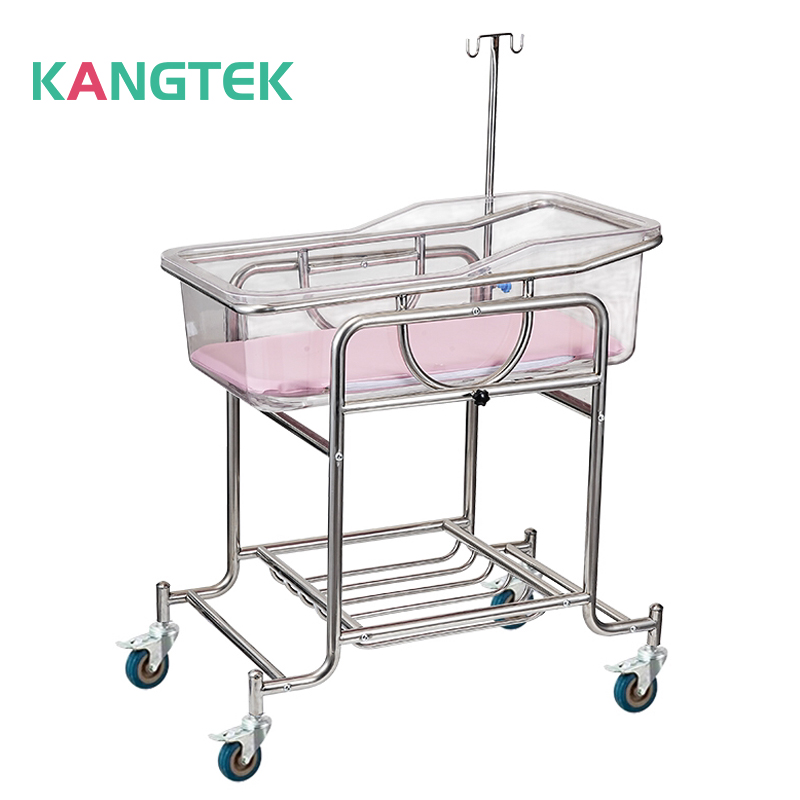Maximizing the Benefits: A Guide to Proper Use of Medical Furniture
Medical furniture plays a crucial role in healthcare settings, providing support, comfort, and functionality for patients and healthcare providers alike. However, using medical furniture correctly is essential to ensure optimal safety, efficiency, and patient care. In this article, we'll explore the key principles and best practices for using medical furniture effectively.

1. Understand the Functionality:
Before using any piece of medical furniture, take the time to understand its intended purpose and functionality. Whether it's an examination table, hospital bed, or treatment chair, familiarize yourself with the features, adjustments, and limitations of the furniture item.
2. Follow Manufacturer Instructions:
Always refer to the manufacturer's instructions and guidelines for proper use of medical furniture. These instructions typically include information on assembly, operation, maintenance, and safety precautions. Adhering to manufacturer recommendations helps ensure the longevity and performance of the furniture while minimizing the risk of accidents or injuries.
3. Patient Positioning and Comfort:
When positioning patients on medical furniture, prioritize their comfort and safety. Use supportive cushions or padding as needed to alleviate pressure points and prevent discomfort. Ensure that patients are properly positioned according to the specific requirements of the procedure or treatment being performed.

4. Proper Adjustments:
Many pieces of medical furniture are designed to be adjustable to accommodate patients of varying sizes and medical conditions. Take advantage of these adjustment features to optimize patient positioning and accessibility. Whether it's adjusting the height of a hospital bed, reclining an examination chair, or tilting a treatment table, ensure that adjustments are made smoothly and securely.
5. Safe Transfer and Mobility:
When transferring patients onto or off of medical furniture, follow established protocols for safe patient handling and mobility. Use assistive devices such as transfer belts, slide sheets, or patient lifts as needed to facilitate safe transfers. Always involve sufficient staff members to assist with transfers, particularly for patients with limited mobility or special needs.
6. Infection Control:
Maintain strict adherence to infection control protocols when using medical furniture to minimize the risk of healthcare-associated infections. Clean and disinfect furniture surfaces regularly using approved cleaning agents and methods. Pay particular attention to high-touch areas such as handrails, armrests, and control panels.
7. Equipment Maintenance:
Regular maintenance is essential to ensure the continued functionality and safety of medical furniture. Routinely inspect furniture items for signs of wear, damage, or malfunction. Address any issues promptly, and schedule periodic servicing or repairs as recommended by the manufacturer.

Proper use of medical furniture is crucial for promoting patient comfort, safety, and quality of care in healthcare settings. By understanding the functionality, following manufacturer instructions, prioritizing patient comfort, making proper adjustments, ensuring safe transfer and mobility, maintaining infection control measures, and performing regular equipment maintenance, healthcare providers can maximize the benefits of medical furniture while ensuring the well-being of patients and staff.

